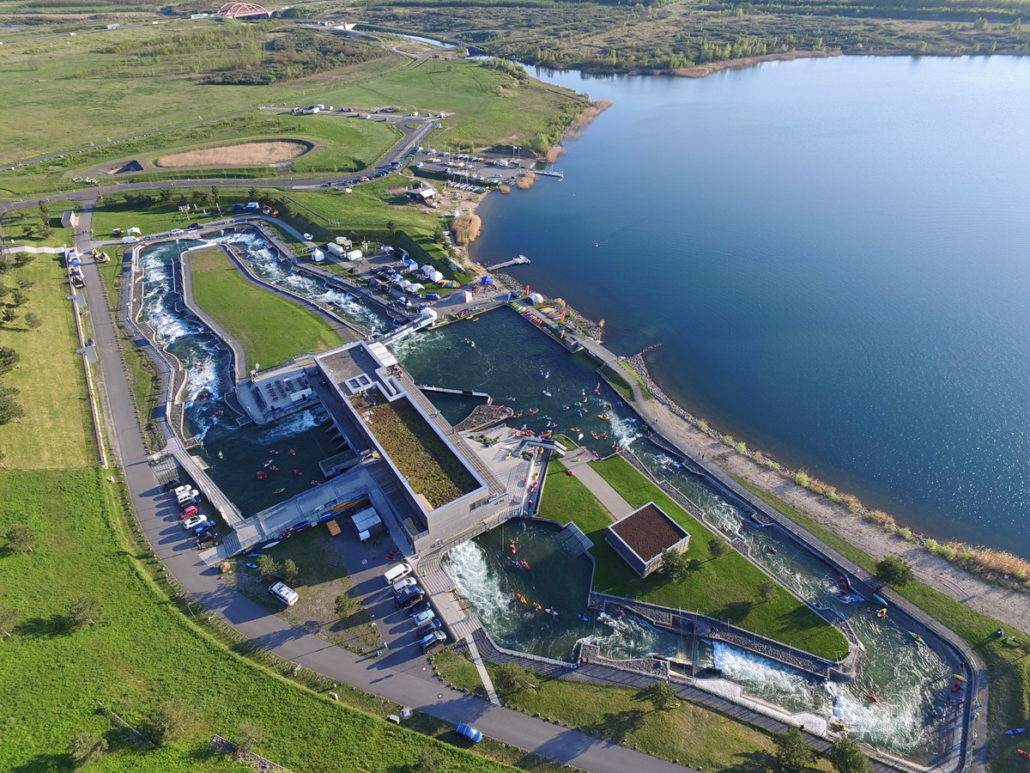For years now, people have been asking, how do we develop the sport of kayaking and get more people involved? One attempt at answering this is more whitewater parks. Whether 100% artificial, or the results of a river bed restoration, they represent a way to get more people in a boat and on the water. Whitewater parks are relatively safe, accessible, and fantastic training grounds.
Kayaking is a fringe adventure sport. For your average boater, it requires a commitment of driving long distances, time away from home, being out of cell service, camping, and living out of your car.
Assuming as a community, we want whitewater kayaking to develop and thrive, there needs to be more people who participate on an amateur and recreational level. The remote class V expedition will continue to attract the select few, but to get more people into kayaking, the sport needs to be seen as safe, convenient, and accessible.
Ideally to grow the sport, we need to entice the mid-thirty to mid-forty adults who have disposable income and want a new sport to challenge their status quo. These are the type of people who are flocking to running races, contrived obstacle courses, and local triathlons. People are looking for adventure and settling for any experience outdoors. They are also the people who want to share meaningful experiences with their kids, who might just be our next generation of professional kayakers. Whitewater parks are for these people.
But we also need to address the youth. Whitewater parks represent a safe place where parents can drop-off their kids without fearing for their safety. As a community, we can view a whitewater park as a place to meet and gather. Whitewater parks equal business. Be it rafting, kayaking, canoeing or stand up paddling, when a park is built economic growth follows.
How do you get more people interested in whitewater kayaking? One good way is to make it fun, safe, and accessible. Whitewater parks are not the only answer to making kayaking a mainstream sport, but they offer a solid contribution in making kayaking more appealing to the masses.
By: Angela Greenwell


